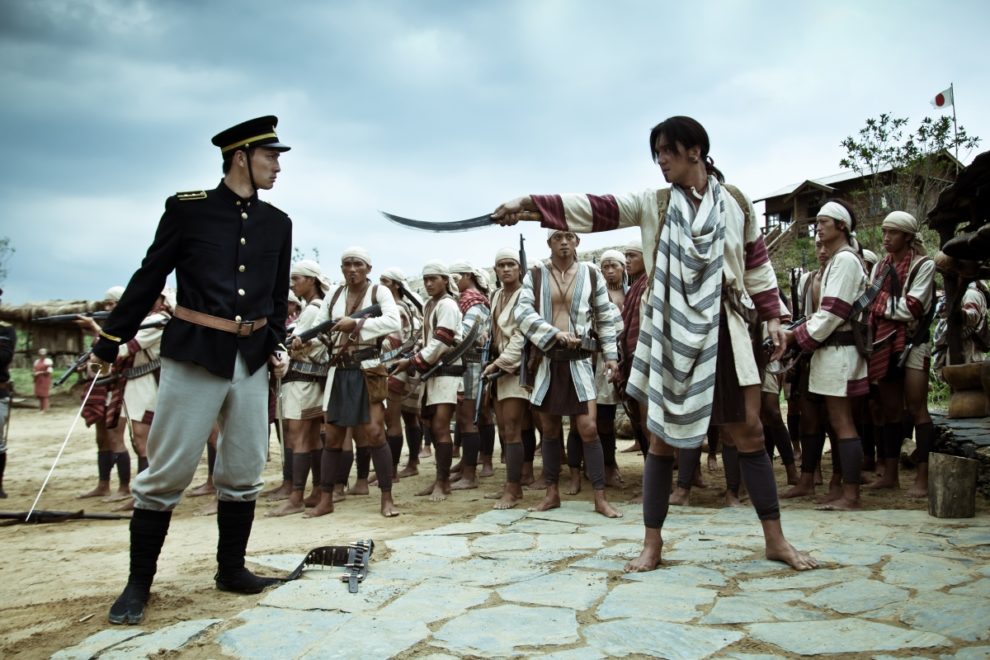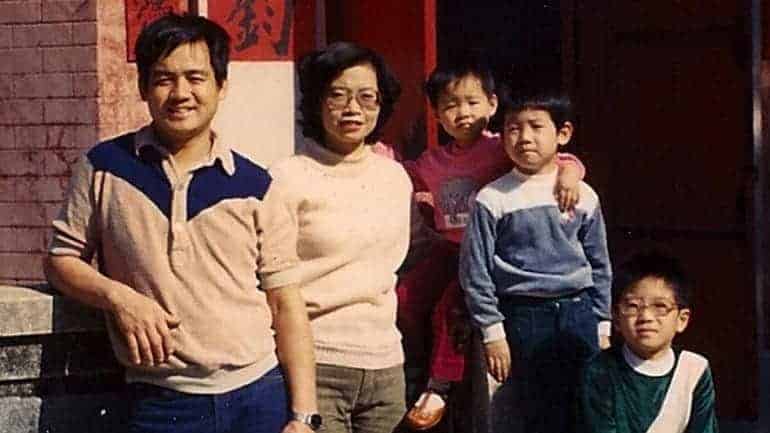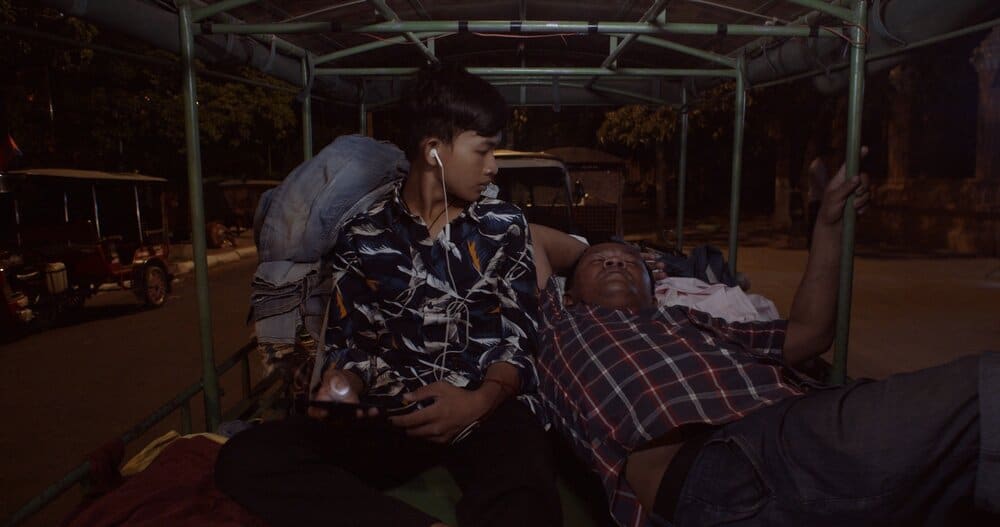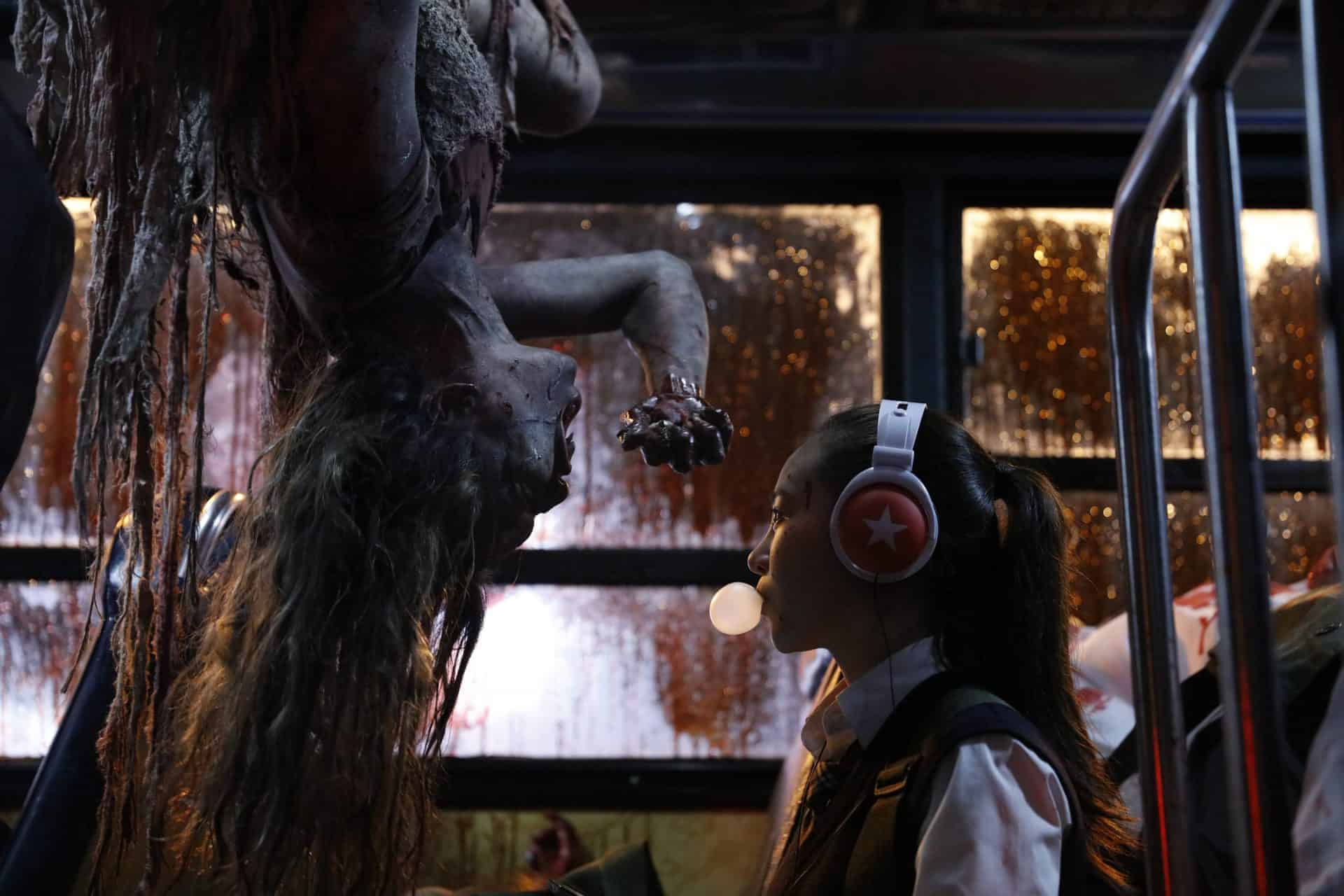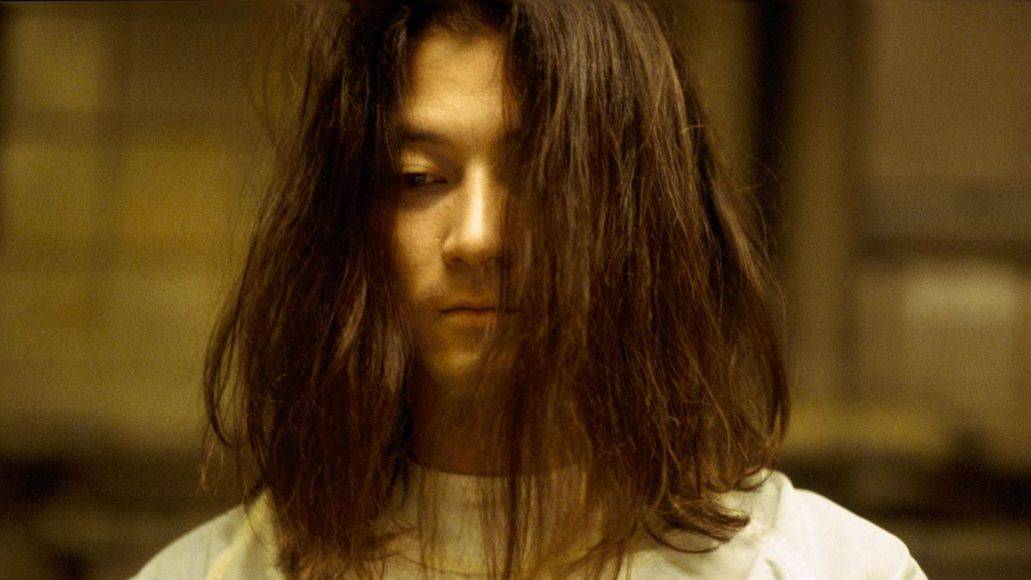“Seediq Bale” is a 4-hour epic based on historic facts that took the director 15 years to complete, and the most expensive production in the history of Taiwanese cinema.The story examines the history of Seediq, an indigenous tribe of Taiwanese Austronesian people who mostly hunted in the woods, at least when they were not fighting amongst each other. However, their life, which was completely connected to nature, was disrupted by the Japanese Occupation in 1895.
Buy This Title
The protagonist of the film is Mona Rudao, who appears as an adolescent before and a little after the Japanese invasion that resulted in the ruin of the way of life of the indigenous. The picture then flashes forward to 1930, when the Seediq find themselves in a situation similar to slavery, having to work in extreme conditions for meager sums and spending the rest of their time getting drunk. Eventually, a team of youths, frustrated with the situation, decides to revolt and ask the middle-aged Mona Rudao to be their leader. Although reluctantly at first, he and some of the other tribes agree to go to war and stage an attack toward Wushe, which ends up in massive killings of Japanese, including women and children. Subsequently, the occupying forces retaliate.
Te Sheng Wei's focus was to depict the natives and their culture as realistically as possible, and to accomplish that, he went to a plethora of extremes, particularly in the technical department, which almost resulted in the film not being completed. Furthermore, he cast two local non-actors in the protagonist roles, a model to play young Rudao and a local priest to play the elder. His choice proved quite successful, since both of them gave great performances, essentially justifying the director's approach.
This focus on realism extends to all aspects of the movie, including the presentation of Seediq, in an approach that is anything but an eulogy. On the contrary they are depicted as being sadistic, cunning, ruthless, and always eager to resort to violence. The samples of their characteristics in the movie are many. For example, the respect each member of the tribe gets is much dependent on the number of opponents he has killed. In one of the most shocking scenes of the film, the women of the tribe, when they realize that there is not enough food for everyone, during the war with the Japanese, kill their children and then commit suicide, while the older children are forced to witness the scene, and then to search for their fathers who are fighting, only to beg them to allow them to die in battle, in a sequence that tests the limits of what can be described as heroic. Furthermore, the various tribes share no sense of unity, since, before the invasion they were in a state of constant warring, while, even during their insurrection, they follow Rudao forcibly, and one of them actually sides with the Japanese.
The movie is filled with violent scenes, although Te Sheng Wei essentially uses them to intensify the grotesqueness of war, both among the tribes and against the Japanese army. One could say the the number of decapitations and bodies filled with arrows touch the borders of hyperbole, but even those elements, are actually part of the realistic representation of the events, as much as a testament to the extremes people reach when they find themselves with their backs on the wall. Furthermore, Chin Ting-chang's cinematography finds its apogee in all those action and aftermath scenes, with his presentation of the actual events reaching a brutal level of realism, retaining though, its utter artistry.
Chen Po-wen and Milk Su's editing retains two radically different paces, as the action scenes are rather fast and the non-action relatively slow, with the second aspect allowing for character analysis and for the better presentation of the circumstances.
“Seediq Bale” is a true epic, a rather impressive movie that retains the interest for the whole of the 4,5 hours of its two parts, and an excellent portrait of a relatively unknown part of Asian history.


